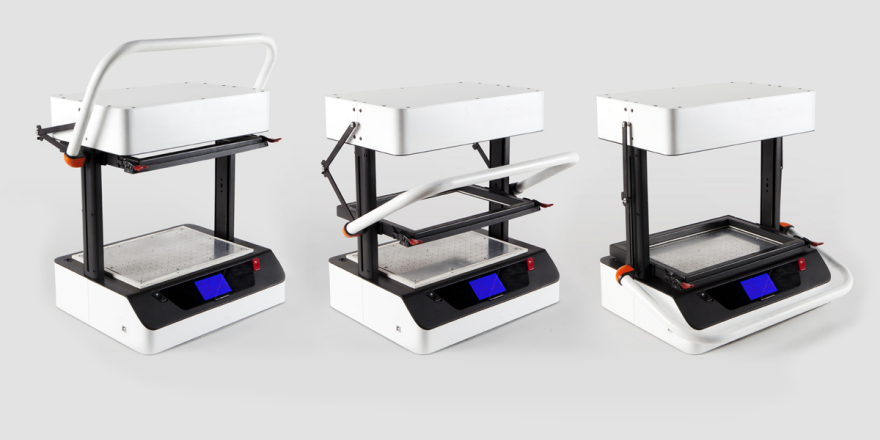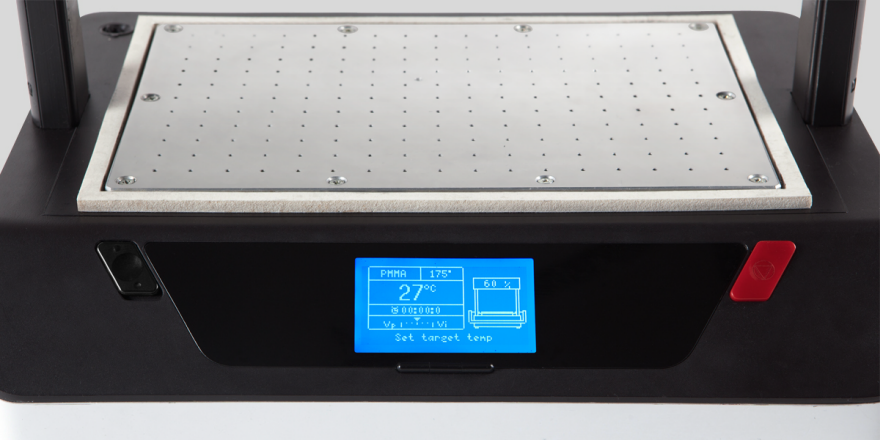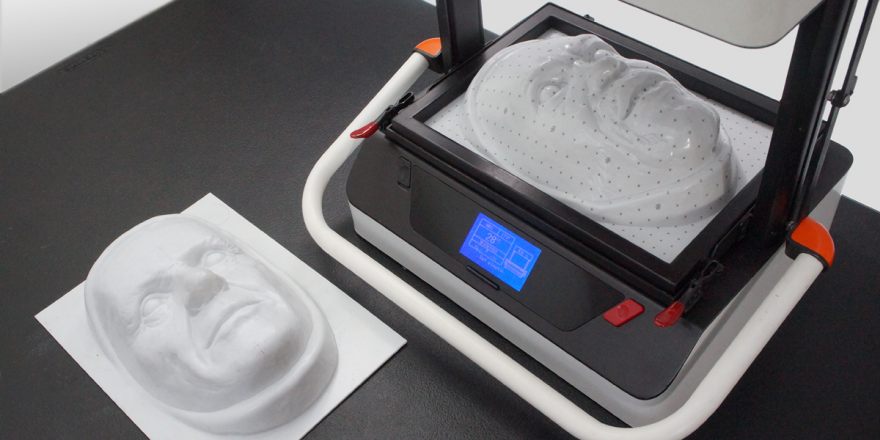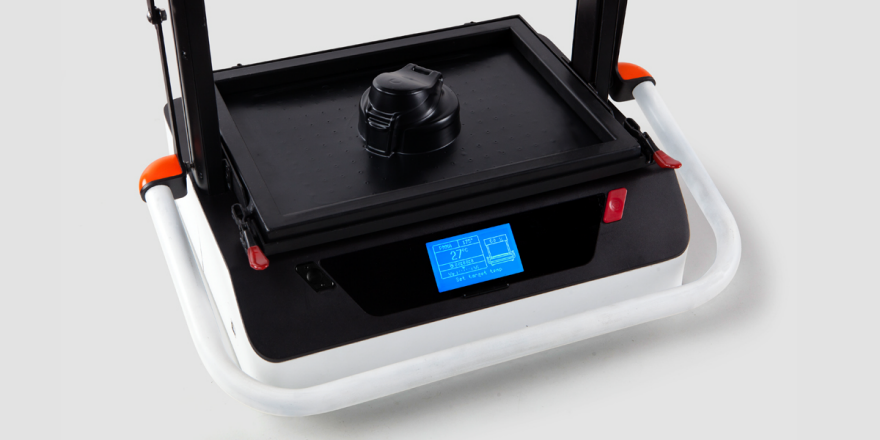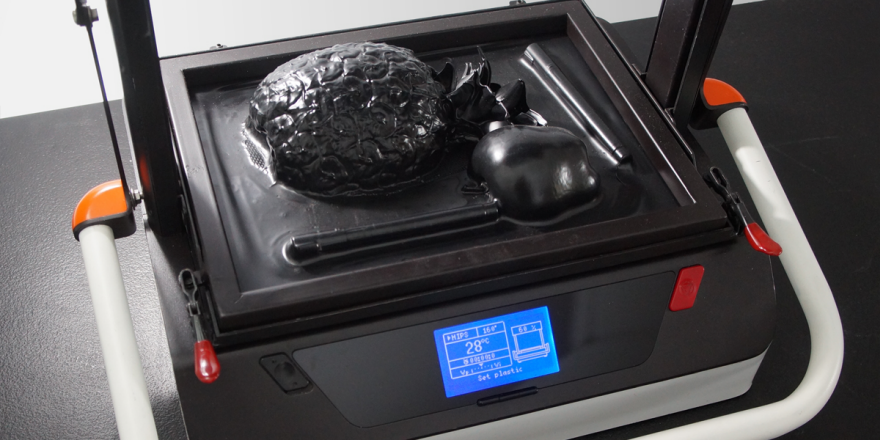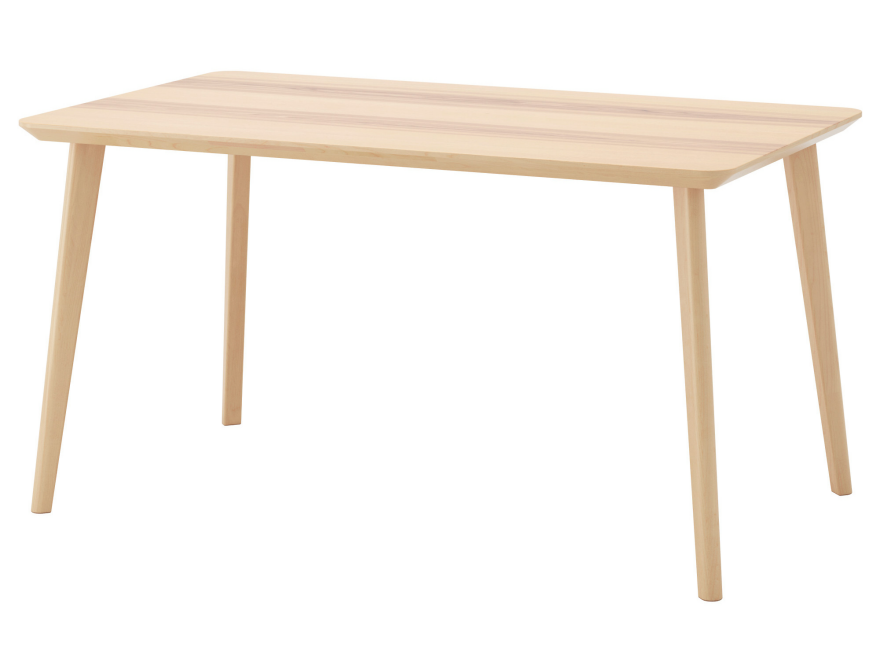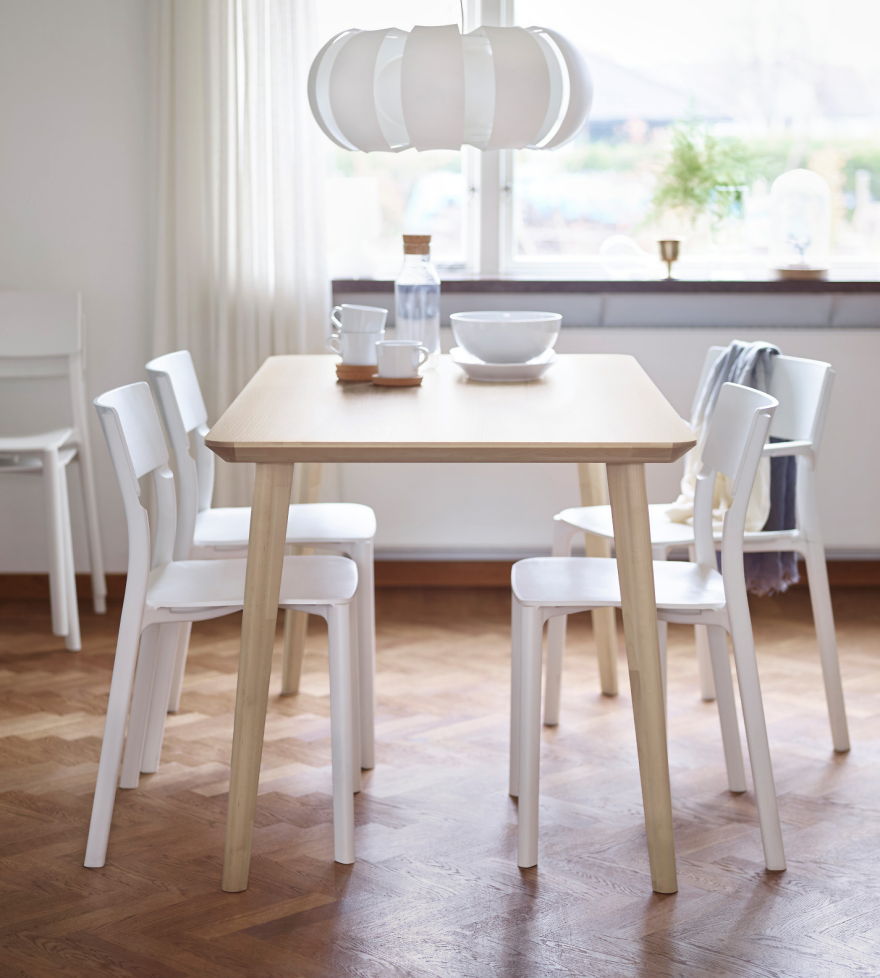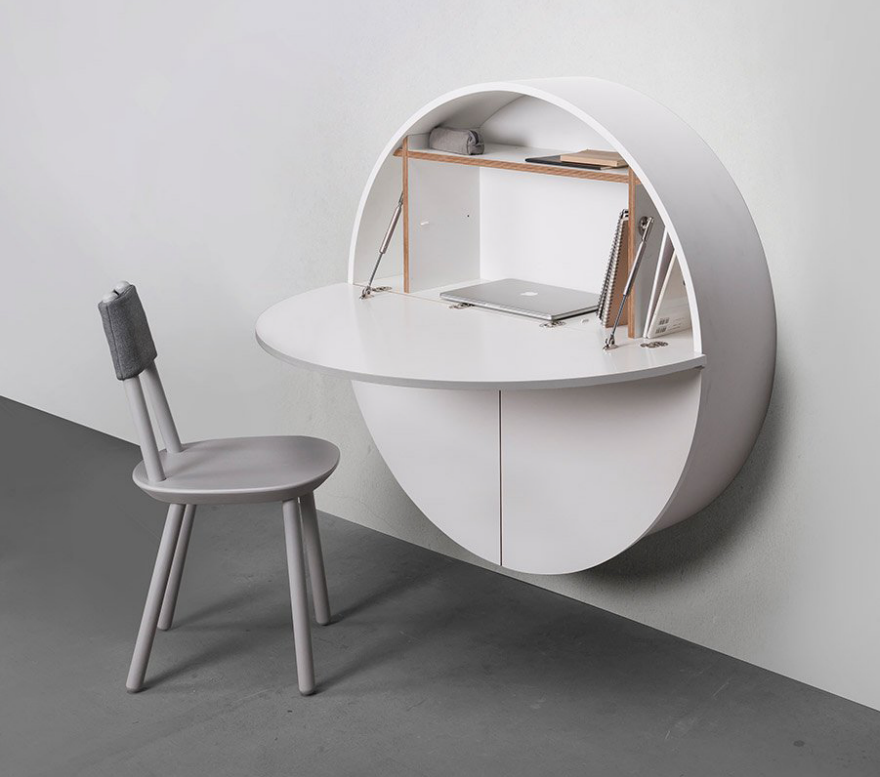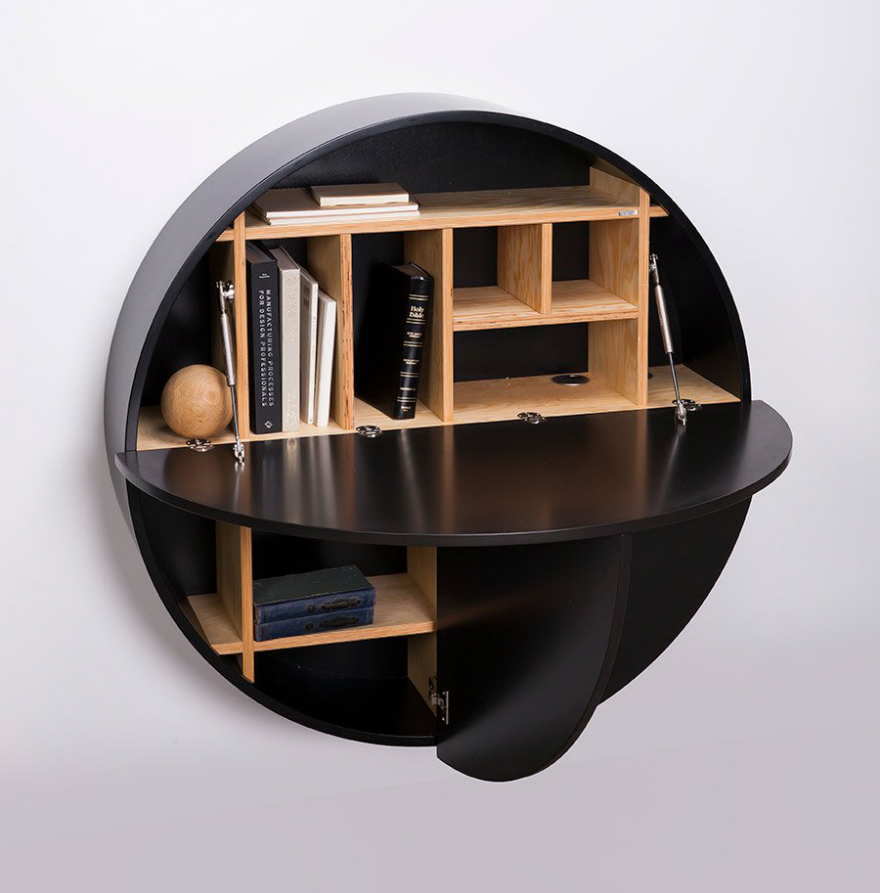Bigger, badder, beefier and better: Here's the best of what we saw this year in the power tools and accessories space.
You say you don't like removing and sharpening the blade on your 14" bandsaw? Well, try sharpening Hull-Oakes Lumber's 50-foot beast of a blade--which needs to be sharpened every two hours.
 Image by Gary Katz / This is Carpentry
Image by Gary Katz / This is CarpentryThe brilliant QuadSaw attaches to your drill, allowing you to cut perfectly square and rectangular holes.

Another drill-o-vation: Worx's Switchdriver, equipped with a rotating chuck that lets you drill and drive without having to swap bits.

This year at Holz-Handwerk, which might be the largest power tool show on Earth, we saw Lamello's awesome, innovative Zeta P2 and P-System joinery method.

Fired your assistant, but need to break down some sheet goods? Pick up one of Mafell's self-propelled track saws, which we also spotted at Holz-Handwerk .
If you prefer your cutting be done by humans, check out the Straight Flush Saw, the "Swiss Army Knife of circular saws."

Sawing creates dust, of course. To protect yourself, pull on an Air+ Smart Mask--which comes with a built-in fan and exhaust valve that keeps the air you're breathing both fresh and cool.
Sawing also creates flying debris, and you need to protect your eyes from it, but conventional protective eyewear often fogs up. So try the Safe Eyes goggles, which replaces the lenses with fog-free steel mesh.

This next one isn't powered, but might as well be: Check out BMI's inside-out, self-deploying tape measure.

Also from BMI: Check out their beautiful line of levels. Just because it's a utility tool doesn't mean it can't be sexy!

Lastly we've got a powerful tool that doesn't use power at all--just air. Check out the very clever Winbag air shims.

This year we were thrilled to bring on tool nut/carpenter/furniture maker David Frane as a correspondent, who'll be bringing you more tool goodness in 2017. Check out all of his coverage to date here.
_______________________________________
More from Core77's 2016 Year in Review
16(ish) of 2016's Best Materials Moments
10 Things 2016 Had to Offer to the Future of Transportation
2016 Best of Digital Fabrication
Footwear Designs That Pushed Boundaries in 2016
9 Ways Robots and AI Took Over 2016 + How to Cope
2016 Best of Alternative Living




































